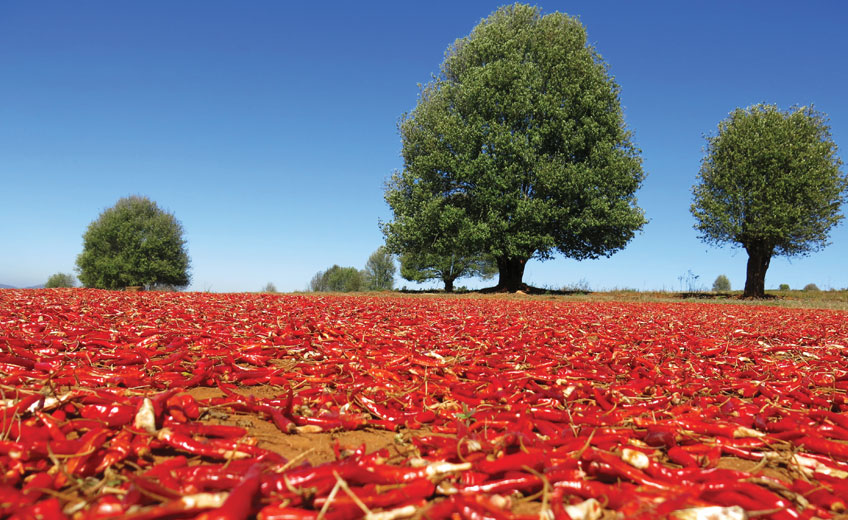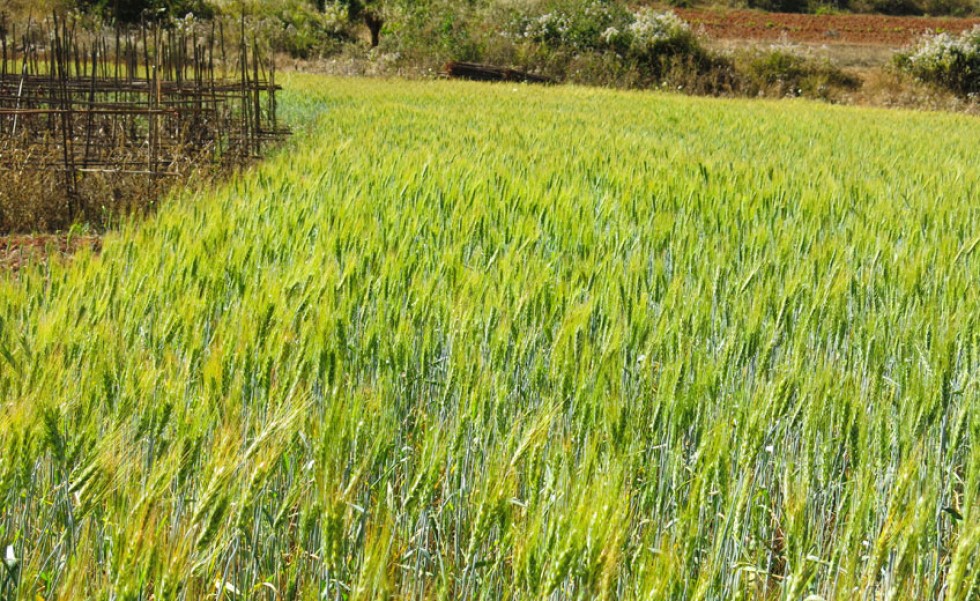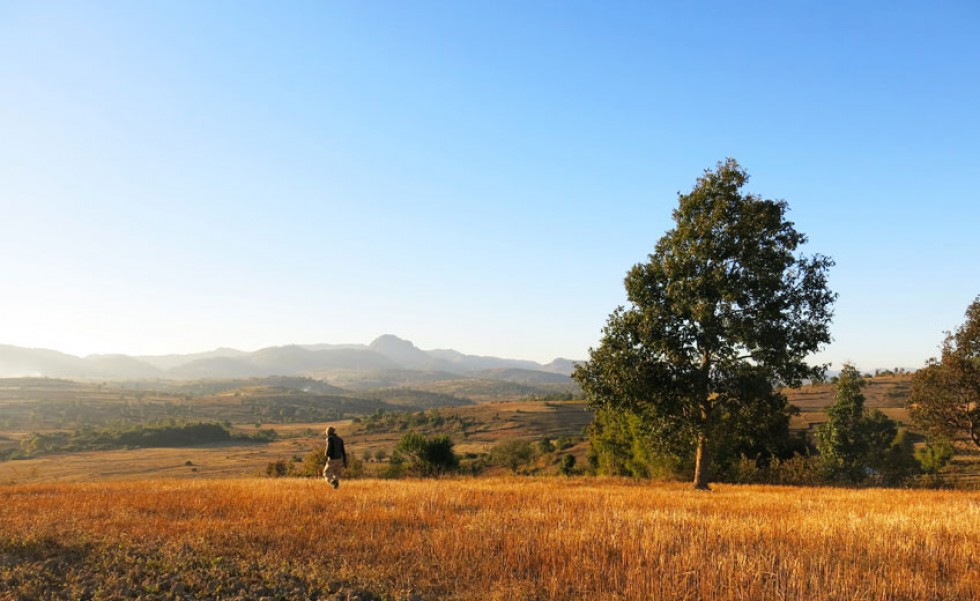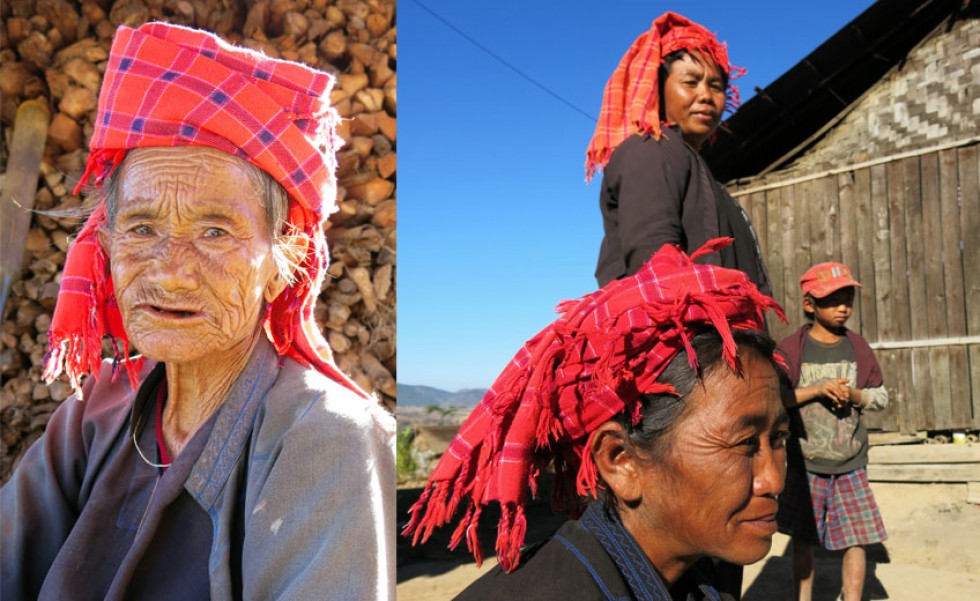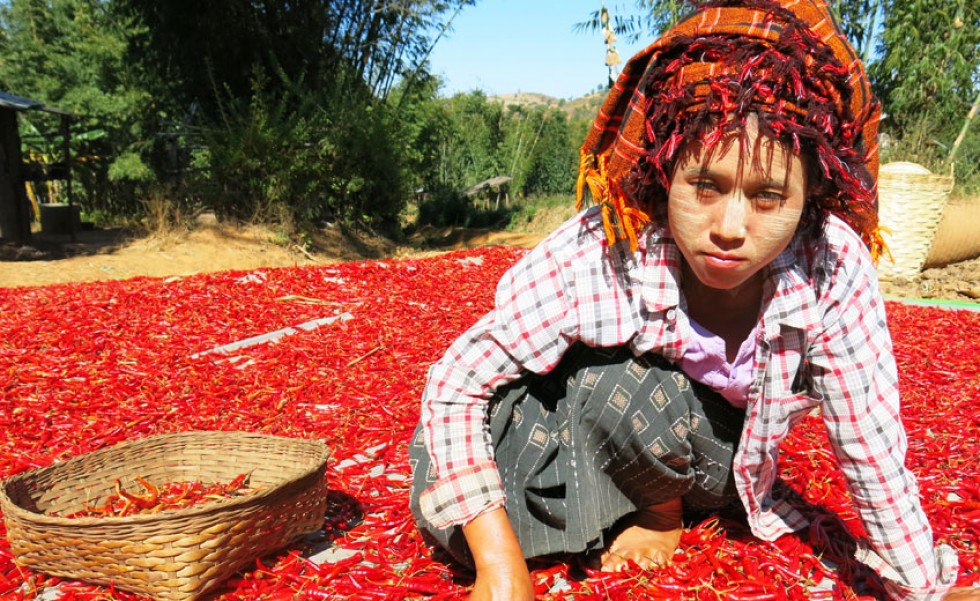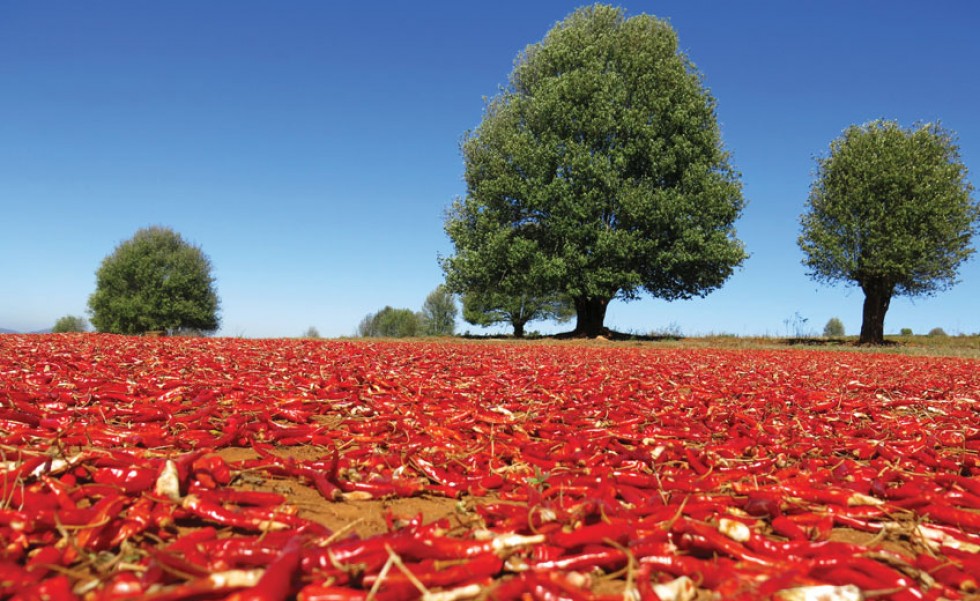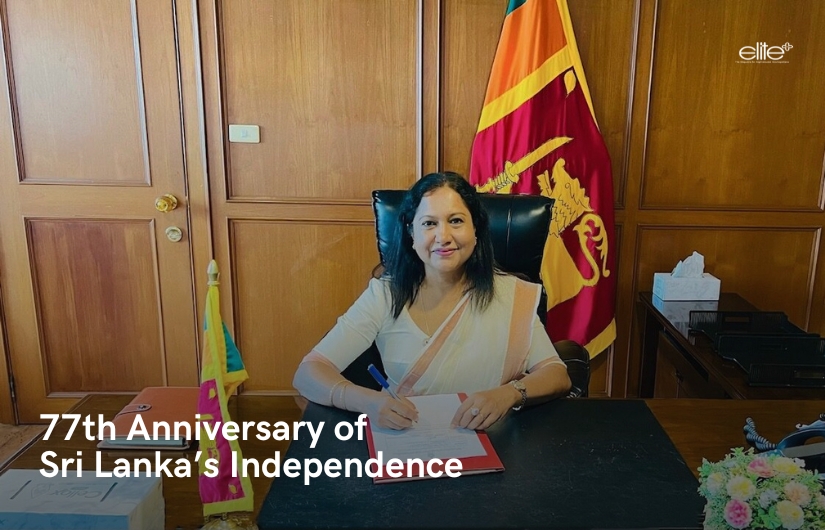Sitting 1,300 metres above sea level in Shan State in Myanmar, the town of Kalaw, surrounded by pine forests, is a great destination for holidaymakers. Travellers love it for the year-round cool weather, laid-back atmosphere and decent tourism facilities. It makes a good bus-ride break from Yangon or Mandalay on the way to popular Inle Lake 78km away, yet is not overrun by tourists. Various treks take you through scenic landscapes and colourful ethnic villages.
Kalaw saw its first wave of foreign visitors in the colonial era, when the British made it a hill station to escape the heat of the plains, built a railway station a few kilometres south of town and brought in Bengali and Nepali construction workers, whose descendants today call the town home. A new four-lane highway connects Kalaw with other economically and politically strategic cities, indicating Kalaw’s increasing importance for tourism.
The town centre is made up of the market, where villagers from the surrounding hills come to sell their produce; the glittering Aung Chang Tha stupa; a few blocks of streets lined with colonial-era shop houses; eateries offering Nepali, Indian dishes or local Shan food; monasteries; and churches. Shorter walks, through expanding residential neighbourhoods on small streets winding uphill to the surrounding mountains, can be done independently. Thein Taung Pagoda, north of Union Highway, the main road through Kalaw, offers great views over the town.
For a more immersive experience, you’ll need to trek. Options range from half-day self-guided treks on the hills around town to three- or four-day treks staying in ethnic Palaung, Pa-O, Taung Yu and Danau villages in breathtaking hilly landscapes. The most popular half-day trek takes you south to a Nepali-owned restaurant perched on a hill. There you can have lunch, enjoy the sweeping views and return. One-day options head further in the same direction to Myin Ma Hti Cave, or to the Pa-O villages south of Lamaing, or the Pa-O, Danau and Taung Yu villages near Myin Dike train station. Trekking groups from Inle Lake usually end here to board the train to Thazi, which connects to Mandalay and Yangon. Guesthouses can provide maps and basic information for self-guided treks.
For longer treks, consult trekking agencies or guest houses, where guides often find you first. With trekking becoming increasingly popular, agencies claim to take guests off the beaten track. Chances are, however, that you will run into other groups. The most popular route is the four-day trek to Inle Lake, a memorable experience of shifting scenery and tribal villagers’ homes, where you walk at least four hours a day and end in Inthein, Tone Le or Thandaung villages close to the lake. The trip can be shortened to two days with car rides replacing parts of the trek.
The trails are dotted with tribal settlements. Those closer to town and on the plains are more modern, with half-brick, half-wooden houses, solar power generators, TVs and satellite dishes, while those higher up can consist of bamboo huts depending solely on daylight and candles. Most villagers still wear traditional clothing, and the geography around the settlements allows them to grow different types of crops. The Paluang, in red tunics, and the Danau, living higher up, subsist on corn, cotton and logging. The Pa-O, in black tunics and red head cloths, mainly produce chilli. And the Taung Yu of the plains are industrious growers of rice and green vegetables.
Trekking around Kalaw can be a wonderful experience. All you need are a good pair of trekking shoes, some trekking gear and preparation, and the will to interact with the local people. The beauty of the nature and generosity of the locals will amaze you.


